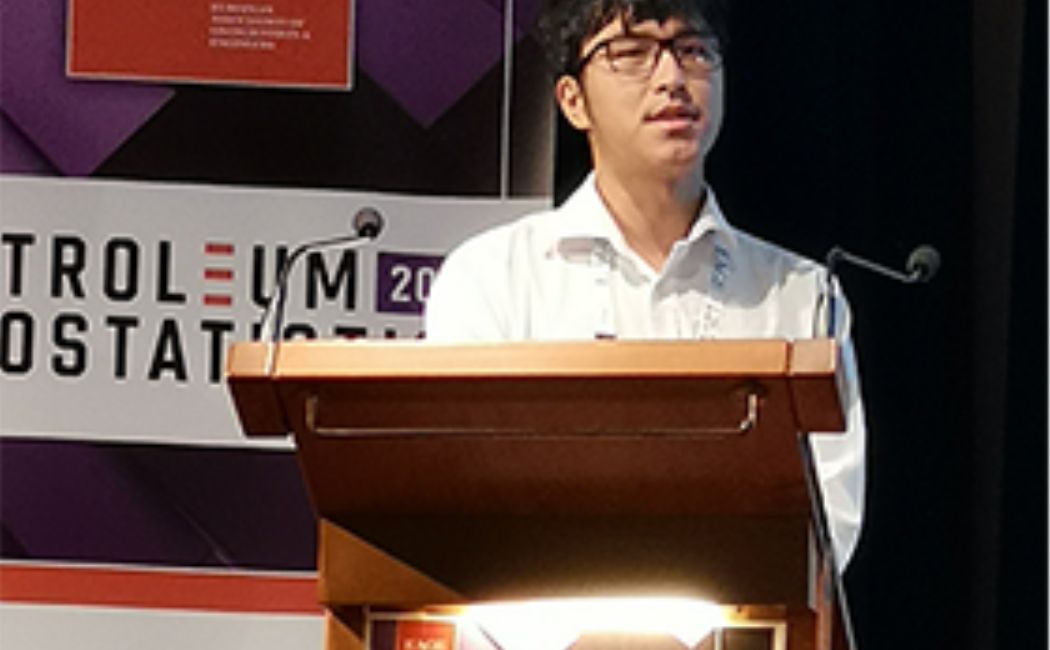.jpg?sfvrsn=39330263_0)
.jpg?sfvrsn=39330263_0)

29 September, 2019
PhD student Weiwei Zhu made the latest presentation of ANPERC research earlier this month at the fourth EAGE conference on petroleum geostatistics in Florence. Here is the abstract of the paper Zhu presented:
3D intensity parameters of fracture networks cannot be measured directly and are usually correlated with the lower dimensionality intensity parameters, such as P21, P10. A comprehensive correlation analysis between lower dimensionality measures, P10, P20, P21, I2D (total number of intersections per unit area) and higher dimensionality ones, P30, P32, I3D (total number of intersections per unit volume) are investigated. We also correlate small cube samples and underlying fracture networks that represent cores or tunnels. The fracture networks are constrained by geomechanics principles and outcrop data to make them geologically meaningful. We show that orientation of fracture samples impacts correlations between the 2D and 3D parameters and samples parallel to the principal stresses yield better correlations. 3D intensity parameters, P30, I3D, and P32 can be predicted from 2D or small cube samples. However, 1D intensity P10 doesn’t have a strong correlation with 3D intensity parameters. The size of cube samples should be larger than 10 percent of the original size to capture main structural information. Furthermore, the minimum number of samples to reach a good correlation from 2D and cube samples are 20 and 60 respectively.

